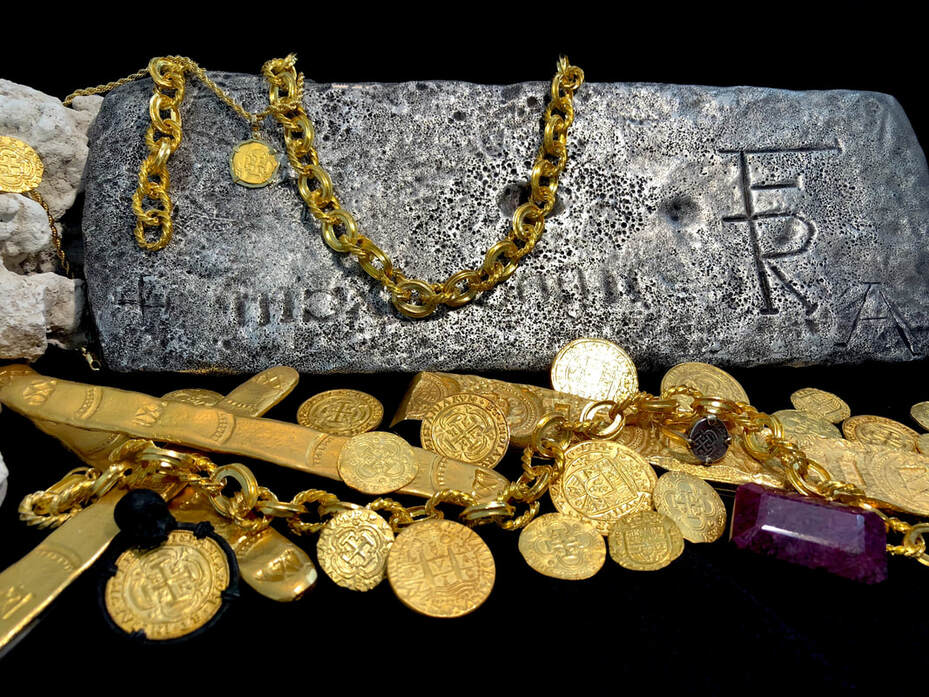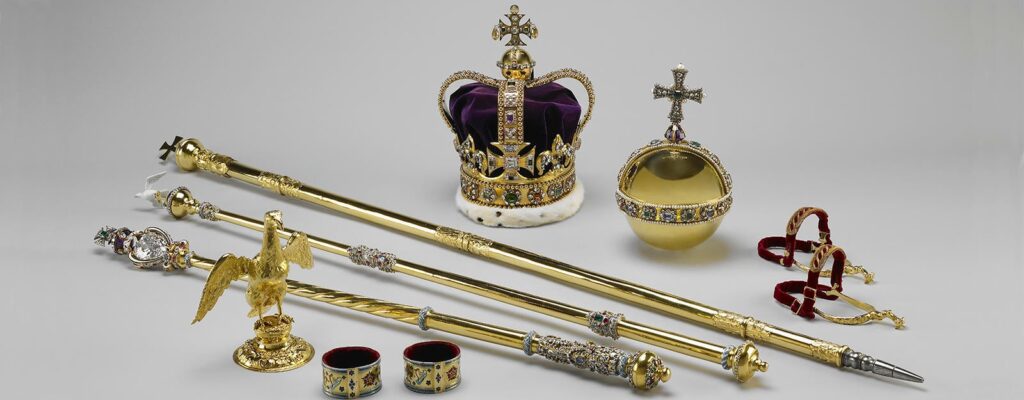
Can you imagine how unbelievably awesome it would be to find a long-lost treasure? In January of this year, Reader’s Digest published an article entitled, “The Most Incredible Undersea Treasures Ever Found.” The stories and their accompanying pictures were amazing. Here are a few:

Called the “holy grail of shipwrecks,” the Spanish galleon San José was carrying a treasure of silver, gold, and emeralds worth billions of dollars today. The galleon sunk after a battle with British ships off the coast of Cartagena, Colombia, in 1708. Three hundred years later, in 2015, the wreck was discovered on the ocean floor.
The website Scuba Diving writes of the find: “Gold, silver and emeralds in the wreck of a Spanish galleon worth an estimated $20 billion have ignited an international claims battle between Colombia, Spain, Peru, Panama and Bolivia.” Colombia is keeping the exact location a secret![1] Fascinating!
Here’s another from Reader’s Digest:

Turns out that 1985 was a big year for shipwrecks: The sunken “mother lode” of the Nuestra Señora de Atocha was found in July of that year off the coast of Key West, Florida. Famed treasure hunter Mel Fisher searched for 16 years before making the discovery. The ship, commonly referred to as the Atocha, was loaded with treasure to bring to Spain when she left Havana, Cuba, in 1622—and sailed straight into a hurricane…You can see more of the trove, in total estimated to be worth around $450 million, at the Mel Fisher Maritime Museum in Key West.
Here is one which I find very very cool indeed!

This ancient site off the Greek island Antikythera may have been found back in 1900, but researchers are still unearthing new treasures there. The wreck is famous for the Antikythera mechanism, a complex device made of gears nicknamed the “world’s first computer” for its ability to track the sun and moon and predict eclipses. The device is dated to the second century B.C., but nothing else like it from that time period has ever been found.[2]
I love stuff like this! Oh, yeah, and there is one more treasure, long buried, that I want us to discover today. Here it is:

That’s right: Central Baptist Church, North Little Rock, Arkansas. I am not kidding. The church is an absolute treasure, but it too has been buried. How so? Buried by what? It has been buried beneath years of neglect or ignorance or our own failure to be the church or worldly opposition to the church or biblical illiteracy that blinds us to what the church is supposed to be. We know the church exists, but do we know the value of this treasure?
Make no mistake: When the Apostles’ Creed has us say “I believe in…the holy universal church” it is having us talk about something very valuable indeed.
That phrase, “the holy universal church,” carries with it three qualifiers that will help us get at why the church is so valuable:
- the
- holy
- universal
Let us consider these in turn.


